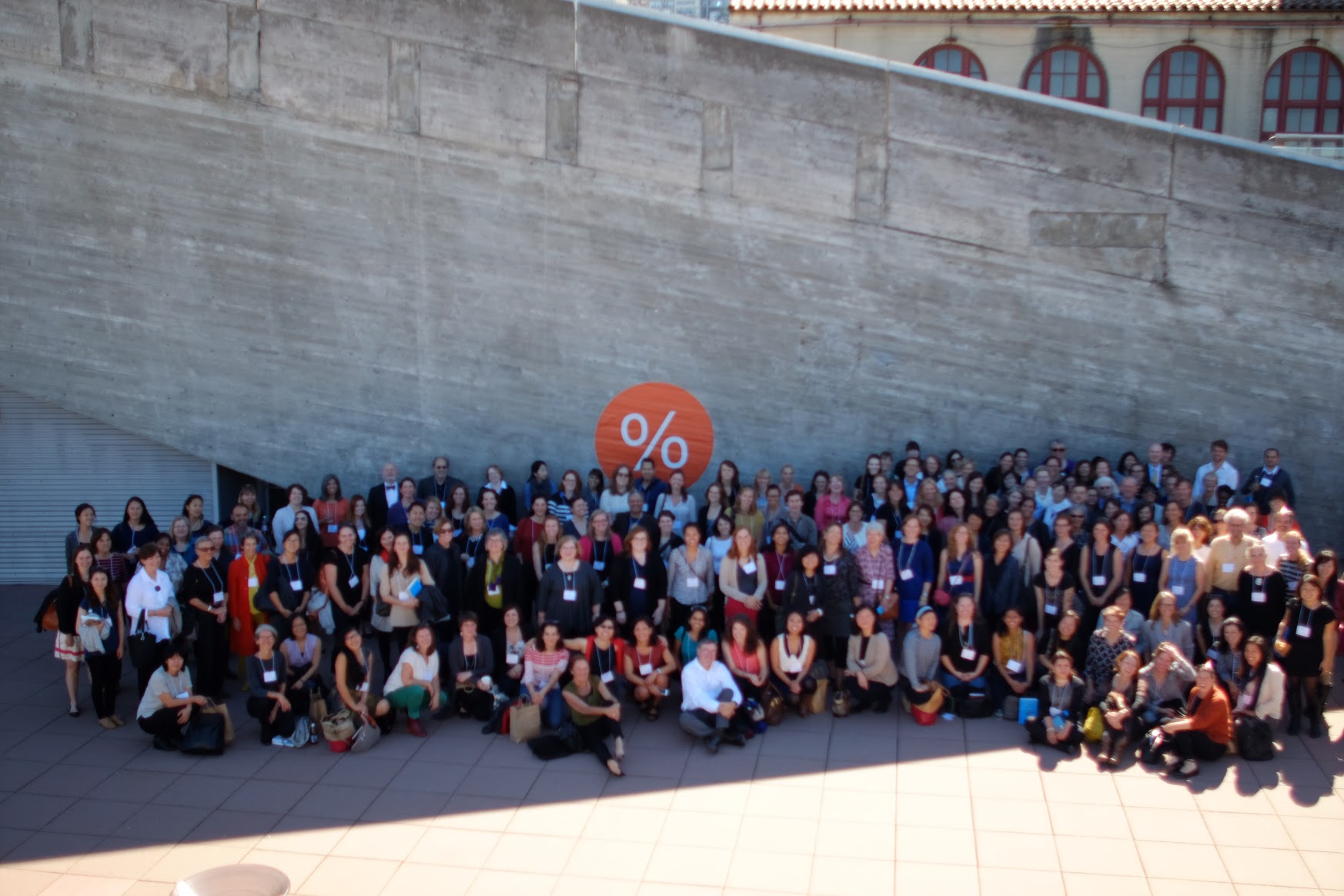Editor's Note:
On Wednesday, December 2, 2015, The American Institute of Architects announced Denise Scott Brown, hon. FAIA and Robert Venturi, FAIA, as joint winners of the 2016 AIA Gold Medal. The AIA cited the duo for their "built projects as well as literature that set the stage for Postmodernism and nearly every other formal evolution in architecture." Scott Brown and Venturi are the first duo to receive the Gold Medal, after the AIA approved a change to its bylaws in 2013 that allowed the award to be presented to up to two individuals working together towards a significant singular body of work.
“The American Institute of Architects has named Denise Scott Brown and Robert Venturi the recipients of its 2016 Gold Medal, an honor that makes a statement about the role of women in design and takes a subtle shot at the field’s highest award, the Pritzker Architecture Prize.”
The post written below is by Julia Donoho, AIA, Esq. as a response to Architecture gold medal, rebutting Pritzker, goes to Scott Brown and Venturi, an article written on December 3, 2015 by Blair Kamin, The Chicago Tribune's Architectural Critic. Julia, who was part of the nomination team for Denise Scott Brown and Robert Venturi's AIA Gold Medal, contends the value and importance of earning this award is the highest honor in the AIA and spearheads progressive recognition within the profession of Architecture.
Mr. Kamin,
As the advocate on the AIA Board of Directors and Strategic Council who championed the nominations of Julia Morgan, Robert Venturi, and Denise Scott Brown, I am writing to give you some additional background and clear the record on the importance, value, and process of receiving the Gold Medal in Architecture from the American Institute of Architects (AIA).
Importance
The AIA Gold Medal is solid gold, and, like the gold medals from the United Kingdom, Canada, Australia, France, and the Union Internationale d’Architecture, it is given in recognition of “a significant body of work of lasting influence on the theory and practice of architecture.” It is a pinnacle of lifetime achievement. The Pritzker Prize is a bronze medal, given for “talent, vision and commitment,” typically received earlier in the career. That the Pritzker has chosen to dub itself the “Nobel prize in architecture” is not an indication that it is a better award, or the top award in architecture, but more clearly reflects to us that they are using marketing slogans to inflate their importance, and the media has perpetuated that suggestion.
Value
Receiving the AIA Gold Medal is of far greater value to the architects who have received it because of its importance. While receiving a prize with a purse has intrinsic value, the architects who receive the Pritzker don’t really have to do anything in terms of nomination, and selection to get the award. And, as with Robert Venturi, the candidate has no say in the matter. When the Pritzker’s called to say he would be their recipient and he suggested that he and Denise Scott Brown should be the recipient together, they said no. He did not apply for a solo award and he was clear in his speech that it was a “we” endeavor. They refused to listen. So, for Venturi, this award mostly brought him problems and dilemmas. It has been terribly difficult for his personal relationship and for the whole profession to watch this couple asking to be treated appropriately. Getting Pritzker’d can be a bad thing.
Process
The process of receiving an AIA Gold Medal is the most rigorous in the industry and for that reason it is highly coveted. First, there has to be a committee of peers who want the architect to have the award, who are willing to nominate and advocate. A portfolio must be made with letters of support from other top architects and submitted to the AIA. A Gold Medal Jury reviews submissions and makes a shortlist of three candidates for the Board to consider. Then an advocate for each of the candidates comes before AIA Leadership and Regional Representatives to make a presentation. Deliberations in private result in the final selection. Because of this rigorous process, this is truly an award from the profession making it a far stronger acknowledgment of a lifetime of work of lasting impact than a single jury can provide.
Conclusion
In closing, the conferral of this award on Robert Venturi and Denise Scott Brown is not in any way a response to the Pritzker’s lack of vision. It is really a new statement that Howard Roark is dead, that the myth of the lone genius as the only pathway to architectural impact is set aside, and an assertion that our profession is far more inclusive than ever before. The American Institute of Architects is driving positive change through the power of design.
Standing up for themselves, and for opening our profession to a new paradigm, Robert Venturi and Denise Scott Brown are once again American HEROES. They have opened our eyes, again. Their work is so profoundly impactful on our whole profession that it was an honor to finally get them the proper reward. The AIA Gold Medal wall will now include these masters of modern architecture as we hold them up as two of our greatest architects, made greater still by a lifetime of working together.
Thank you,
Julia Donoho, AIA, Esq.
Architectural Advocate







